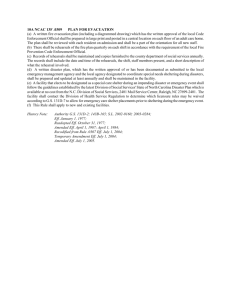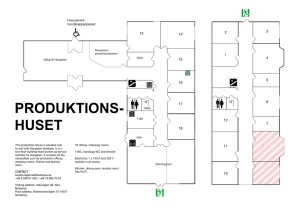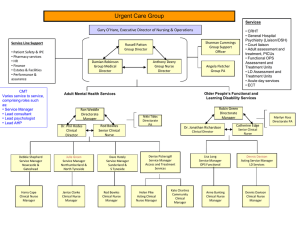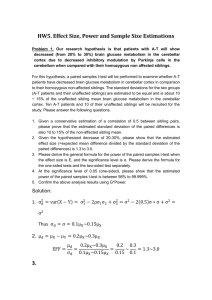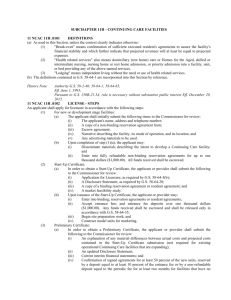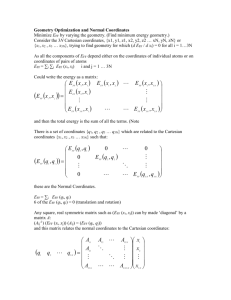NH DOE Standards for Capacity of School Building 321.10, 321.11
advertisement
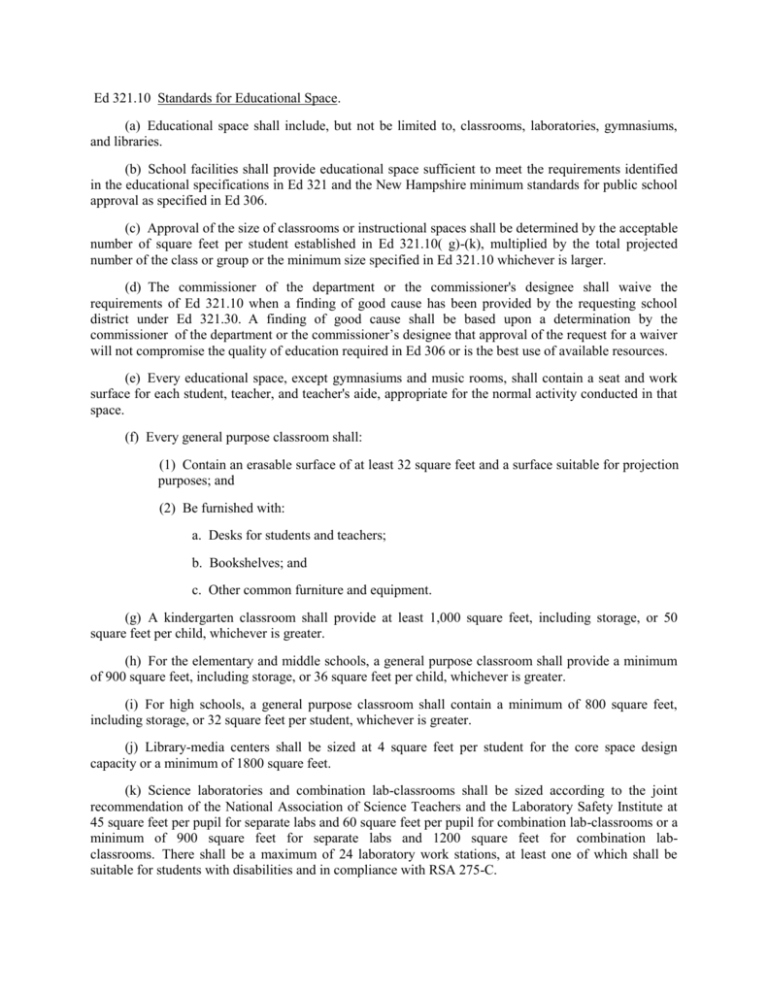
Ed 321.10 Standards for Educational Space. (a) Educational space shall include, but not be limited to, classrooms, laboratories, gymnasiums, and libraries. (b) School facilities shall provide educational space sufficient to meet the requirements identified in the educational specifications in Ed 321 and the New Hampshire minimum standards for public school approval as specified in Ed 306. (c) Approval of the size of classrooms or instructional spaces shall be determined by the acceptable number of square feet per student established in Ed 321.10( g)-(k), multiplied by the total projected number of the class or group or the minimum size specified in Ed 321.10 whichever is larger. (d) The commissioner of the department or the commissioner's designee shall waive the requirements of Ed 321.10 when a finding of good cause has been provided by the requesting school district under Ed 321.30. A finding of good cause shall be based upon a determination by the commissioner of the department or the commissioner’s designee that approval of the request for a waiver will not compromise the quality of education required in Ed 306 or is the best use of available resources. (e) Every educational space, except gymnasiums and music rooms, shall contain a seat and work surface for each student, teacher, and teacher's aide, appropriate for the normal activity conducted in that space. (f) Every general purpose classroom shall: (1) Contain an erasable surface of at least 32 square feet and a surface suitable for projection purposes; and (2) Be furnished with: a. Desks for students and teachers; b. Bookshelves; and c. Other common furniture and equipment. (g) A kindergarten classroom shall provide at least 1,000 square feet, including storage, or 50 square feet per child, whichever is greater. (h) For the elementary and middle schools, a general purpose classroom shall provide a minimum of 900 square feet, including storage, or 36 square feet per child, whichever is greater. (i) For high schools, a general purpose classroom shall contain a minimum of 800 square feet, including storage, or 32 square feet per student, whichever is greater. (j) Library-media centers shall be sized at 4 square feet per student for the core space design capacity or a minimum of 1800 square feet. (k) Science laboratories and combination lab-classrooms shall be sized according to the joint recommendation of the National Association of Science Teachers and the Laboratory Safety Institute at 45 square feet per pupil for separate labs and 60 square feet per pupil for combination lab-classrooms or a minimum of 900 square feet for separate labs and 1200 square feet for combination labclassrooms. There shall be a maximum of 24 laboratory work stations, at least one of which shall be suitable for students with disabilities and in compliance with RSA 275-C. (l) When an area in a school building is used as multi-purpose space, standards for educational space shall take precedence over standards for support space. Multi-purpose space includes, but is not limited to, an area used for physical education that becomes the dining area at meal time. (m) Required educational space shall not be reduced or eliminated in order to provide additional support space or space for extracurricular activities. (n) Charter schools shall be exempt from the minimum space sizes in this section. Source. #8265, eff 1-22-05; ss by #10363, eff 6-15-13 Ed 321.11 Special Education Space. (a) In addition to the requirements of Ed 321.10, space shall be provided in every school to meet the unique requirements of special education students, and to meet the requirements of Ed 1119.06. (b) Exclusive use space shall be provided for speech therapy, physical therapy, occupational therapy, and private counseling. Physical and occupational therapy may be co-located. (c) The minimum total amount of exclusive use space for special education shall be 600 square feet. An area for private meetings with parents and staff shall be available, although it need not be used exclusively for special education use. (d) Locked, fire proof containers shall be provided for record storage. (e) A private office shall be provided for the special education coordinator if there is a position on the school staff. (f) Charter schools shall be exempt from the minimum space sizes in this section. Source. #8265, eff 1-22-05; ss by #10363, eff 6-15-13 Ed 321.12 Standards for Support Space. (a) Support space shall include, but is not limited to, offices, the nurse suite, kitchens, cafeterias, teacher preparation areas, gym locker rooms, team rooms, weight training rooms, storage areas, parking, and restrooms. (b) The following standards shall apply to offices: (1) The school principal, each assistant principal, and each guidance counselor shall be provided a private office; (2) The chief building maintenance individual, chief food service individual, and each administrative staff person shall be provided with administrative space exclusive of storage space and waiting areas; (3) All offices and administrative areas shall be provided with sufficient furniture appropriate to the work performed at that location; and (4) The minimum total amount of administrative office space in a school building shall be 1200 square feet. The minimum size shall be based on an administrative staff of 6 individuals. For schools with more than 6 staff members who require office space, the minimum total amount of administrative office space shall be increased by 120 square feet for each additional person requiring a private office and by 60 square feet for each additional person in an open office arrangement. (c) The following standards shall apply in schools that have a school nurse: (1) The nurse shall be provided with: a. Exclusive administrative space; b. A waiting area; c. Space for examining patients that includes a sink with hot and cold water; d. Secure dry and refrigerated storage for medications; and e. A patient isolation area which includes one cot for every 200 pupils in the design capacity; (2) A separate restroom shall be provided which meets current accessibility requirements; and (3) The minimum size of the nurse suite shall be 625 square feet for schools with a design capacity greater than 750 pupils. The minimum size of the nurse suite for schools with a design capacity of 750 pupils or less shall be 300 square feet. (d) The following standards shall apply to kitchens and cafeterias: (1) The kitchen and cafeteria shall be sized so as to allow each student a minimum of 10 minutes, not including serving time, to sit at a table and consume his or her meal during a specified lunch period; (2) The cafeteria shall be sized based upon 12-15 square feet per student for the maximum number of diners in any given lunch period. The throughput of the serving line or lines shall ensure that all students can be served in the allotted time and that no student has to wait for a seat to become vacant before eating; and (3) The kitchen shall be of sufficient size to allow the proper installation of all necessary equipment with the necessary spacing between appliances to meet the applicable safety requirements as specified by the manufacturer, the state building code under RSA 155-A, and the New Hampshire department of labor. (e) Each teacher shall be provided with at least 64 square feet of shared administrative space to be used for lesson preparation and grading student work during periods when that teacher is not conducting classroom instruction. Shared administrative space shall include a desk or other work surface, a seat, and task lighting. This requirement may be fulfilled within educational space if that space is exclusively assigned to one teacher. (f) Sufficient lockers, changing areas, and showers shall be provided for the maximum number of students in any scheduled physical education class for grades 7-12. (g) One team room may be provided for each athletic team in season. (h) One weight training room may be provided for grades 9-12. (i) The following standards shall apply to storage space: (1) Each student and staff member shall be provided with adequate space to store outer garments, books, and other personal items for the duration of the school day. Food service workers, custodians, and other staff who require special clothing shall be provided sufficient storage as required; (2) Sufficient storage space shall be provided for general office supplies, text books, classroom equipment and similar items as required for administrative purposes; (3) Sufficient space shall be provided to properly store athletic equipment, musical instruments, uniforms and other items of school property used by students or activities; (4) Sufficient storage shall be provided to properly store cleaning supplies, tools, spare parts, unused furniture, equipment not in use, and other like items required for custodial and maintenance activities; (5) Adequate dry and cold storage shall be provided to meet the requirements of the food service program for food storage and shall be sufficient to allow foodstuffs and paper products to be purchased in bulk; and (6) Sufficient dumpsters or other type containers shall be provided to adequately handle refuse based upon the refuse collection schedule. (j) The following standards shall apply to parking space: (1) Outside vehicle parking space shall be provided for at least 100 percent of the staff and 75 percent of the students eligible to drive a vehicle; and (2) Additional parking areas shall be provided for visitors, parents, and school buses as required; (3) A waiver of these requirements may be requested by the school district under Ed 321.30. The waiver request shall include detailed information and statistics which shall demonstrate that a lesser amount of parking will meet the needs of the facility in question. (k) Charter schools shall be exempt from the minimum space sizes in this section. Source. #8265, eff 1-22-05; ss by #10363, eff 6-15-13

